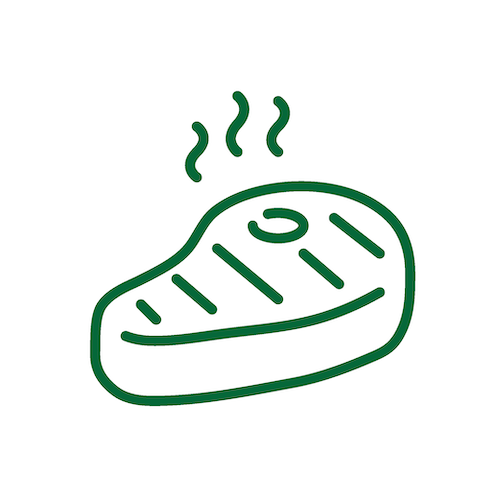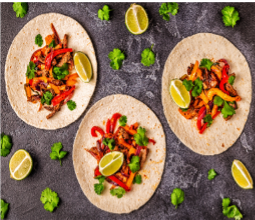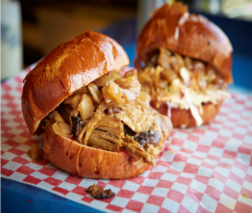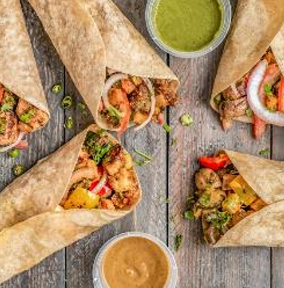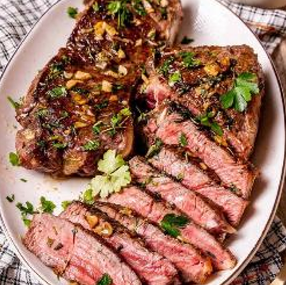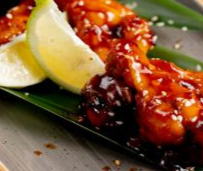
What is it?
A clean label marinade that increases tenderness of meat and can help reduce long cook times.
What’s it for?
- Marinated and prepared beef and pork
- Ideal for value cuts of meat
- Tumble & Inject Applications

How does it work?
Works primarily on connective tissue and will not over tenderize meat.
How is it different?
- Greater cooking control due to narrow range of heat activation
- Tenderized meat has a natural texture and appearance
- Flavor is neutral
- Consumer-friendly label, and not an allergen
Benefits
-

Increased Efficiency & Cost Optimization
-

Clean Label and USDA Natural*
*Compatible with USDA Natural labeling on finished products
-

Increased meat tenderness improves consumer appeal
-

No loss of functionality when incorporated into marinade
-

Reduction of cooking times in slow cook applications as much as 25%
OptiTender Marinade
Frequently Asked Questions
-
This is formulated to contain no artificial flavor, artificial colors, chemical preservatives (as defined in 21 CFR 101.22), and is only minimally processed. This statement aligns with the USDA Food Standards and Labeling Policy Book’s guidance for natural claims.
-
Processed from: salt, kiwi powder, natural flavor.
-
The amount of product will need to be adjusted depending on the level oftenderization you are attempting to achieve, the particular cut of meat, and the cooking method. The tenderizer can be built into a seasoning or marinade system.
-
Whole fruit extractive
-
It has naturally occurring properties that aid in meat tenderization and the material itself is natural and pantry friendly.
-
Preliminary testing indicates that the tenderizer does not affect the shelf-life of the raw injected product however, confirmation studies need to be completed using your specific cut of meat and processing parameters.
-
Check with your regulatory department for your specific label requirements. It is likely that there would be no need for a label qualifier to call out tenderization.
-
Needle injection is the primary application method. Vacuum Tumble is acceptable for thin cuts of meat
<0.5″.
Usage varies per cook application to reach desired level of tenderization, but is recommended that you use the following:
- For slow cook applications use 0.05 – 0.10/lbs per 100 lbs of meat (protein).
- For fast cook applications use 0.10 – 0.15 lbs per 100 lbs of meat (protein).
-
The tenderizer is relatively inactive until it reaches temperatures around 130°F-140°F (54°C-60°C). However, it is inacti vated once the temperature reaches 145°F (63°). We suggest holding at 130°F-140°F (54°C-60°C) until desired texture/cooking time followed by ramping up the temperature to inactivate the enzyme.
-
- l00°F (38°): Low activity, once cooking begins and temperatures increase over 100 ° F the material will slowly start breaking down the connective tissue of the meat
- 130°F-140°F (54°C-60°C): Highest level of enzyme activity
- 140°F-145°F (60°C-63°C): Enzyme becomes inactive


